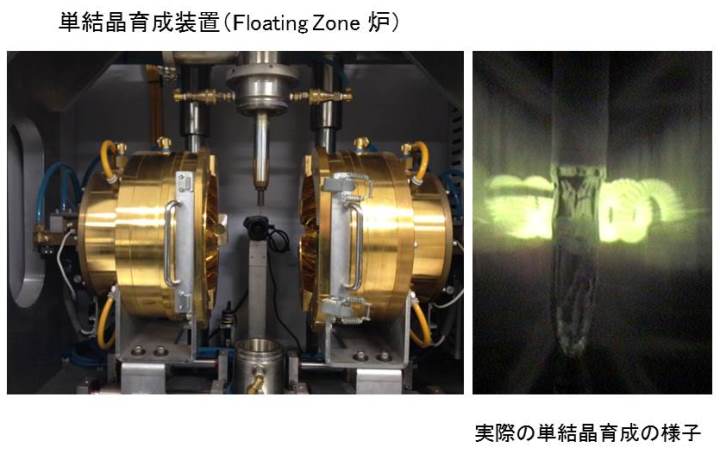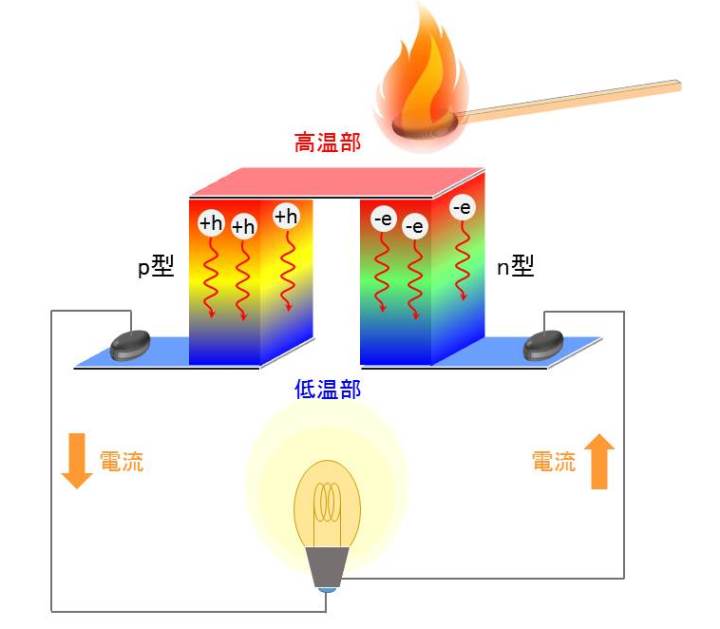Electronic properties of materials
A lot of electronic and energy devices support our lives. The electronic functions of such devices are realized by smartly utilizing the electronic properties of a material. The electronic properties of the material are determined by electrons from the large number of atoms composing the material. Since there are limitless combinations of atoms and crystal structures, there may still be unknown electronic functions of a material.
Electrons have internal degrees of freedom, such as charge and spin, which are the respective origins of electric current and magnetism. Furthermore, electrons in a material have orbital and lattice degrees of freedom. In our laboratory, focusing these internal degrees of freedom of electrons, we search for novel materials that create future electronic and energy technologies, such as good thermoelectric material, novel superconductor, and colossal magnetoresistance material, by using various methods (Fig. 1).

Search for good thermoelectric materials

Thermoelectric (TE) properties of a material can be understood from the Seebeck effect, Peltier effect, and so on. A material with good TE properties (hereafter referred to as a TE material) has been used in TE conversion technology to achieve direct mutual conversion of thermal and electrical energy.
Figure 2 shows the structure of a TE conversion device. Since the form looks like the Greek character “π”, the device is called a “π-type TE device”. The TE power generator using the device can directly convert various kinds of waste heat into electric power. For example, a space ship, which explores deep space where sunlight is weak, has a radioisotope TE power generator using radiation from plutonium-238 as a heat source.
The conversion efficiency of the best TE device is about 5%. This low efficiency is the main reason why the TE device has not become popular, even though the generation has no moving parts, exhibits very high reliability, and is environmentally friendly. The low efficiency of the TE device is mainly due to insufficient TE properties of TE materials. In our laboratory, focusing on oxide materials with good engineering properties, we search for a novel good TE material.


